Boom regional housing markets that shot up in price due to demand from COVID sea and tree changers have been hit hardest by the property downturn, with discounts on offer.
The picturesque region that includes Byron Bay, in New South Wales, was the weakest performing regional house market in Australia and has the largest proportion of sellers offering price cuts.
However, values in the famous region, which is popular with the wealthy and celebrities, are still 14.4 per cent above what they were before the pandemic struck, CoreLogic’s Regional Market Update shows. A recent sale of $37 million in the region, which set a NSW North Coast price record, exposes the stratosphere of the market.
READ MORE: Cool Queensland former shack commands almost $7.3 million
Listing: see more images of the property here
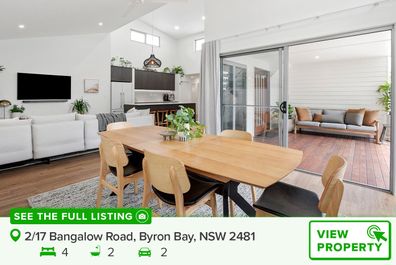
Listing: see more images of the property here
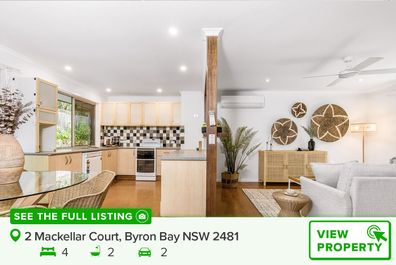
However, regional areas at the affordable end are showing they are more robust than luxury postcodes, according to the research.
The data shows a growing number of regional areas across Australia have experienced price declines, vendors slashing asking prices and a blow out in time it takes to sell properties.
CoreLogic divided the nation into 25 regional zones and found that seven of those increased in value over the year to April, down from 13 that clocked price growth in the year to January.
This has been the case in areas that are expensive and were previously strong performers, more so than anywhere else.
READ MORE: How much for the worst houses on the best street in Melbourne? $9 million-plus
Listing: see more images of the property here
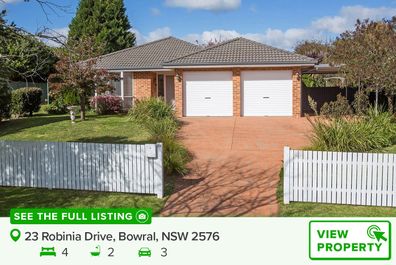
Listing: see more images of the property here
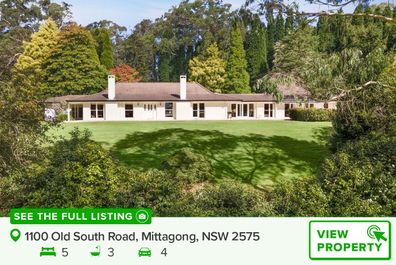
The market in the Richmond-Tweed area – which includes desirable locations of Byron Bay, Tweed Heads, Lismore and Ballina – has experienced the deepest softening.
House values in the pretty NSW far-north coast enclave shot up by 51 per cent during the pandemic. However, in part due to the impact of the devastating 2022 floods, house values there have since declined -24.2 per cent – the most nationally.
It also was number one for reduced turnover – measured as sales activity – at a 39.9 per cent drop, and has the highest rate of vendor discounting (-7.9 per cent).
Homes in the Southern Highlands and Shoalhaven (including Mittagong, Bowral, Burradoo and Robertson) are taking 79 days to sell – the most of any regional zone in Australia. This area also recorded a 16 per cent decline in house prices, second nationally behind Richmond-Tweed, followed by Illawarra (down 13.7 per cent).
READ MORE: Buyer snaps up North Territory home that honours the humble VB beer
Listing: see more images of the property here
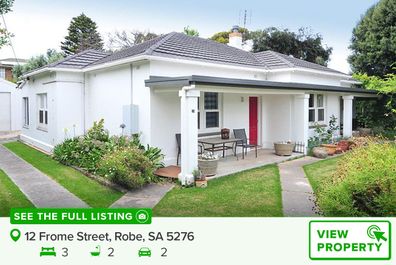
Listing: see more images of the property here
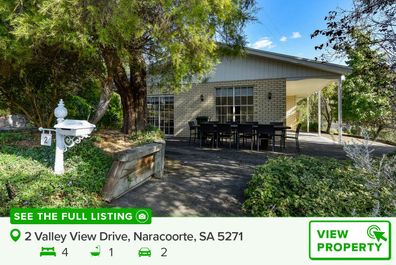
The market which held up the most was in South East South Australia, encompassing areas including Mount Gambier, Penola, Robe and Narracorte. Across this region, house prices went up 10.8 per cent, the highest nationally, followed by New England in NSW (up 4.9 per cent), which includes Tamworth and Armidale, and Bunbury in WA (a spike of 4. 9 per cent).
Markets were measured against four categories – yearly decline or growth in price, sales volumes, vendor discounting and days on market.
CoreLogic economist Kaytlin Ezzy said in the report that the affordable zones were stacking up.
“Despite two interest rate rises over the first few months of the year, these markets offer relative affordability, have low listing levels, increased regional migration inflows and strong economic activity off the back of mining, agriculture and tourism,” Ezzy said in the research paper. “This has all helped support mild value growth.
“Values are influenced by more than just interest rates, such as stock levels, migration, local economic factors and an improvement in consumer sentiment, which are helping to stabilise values across some regional markets.”
